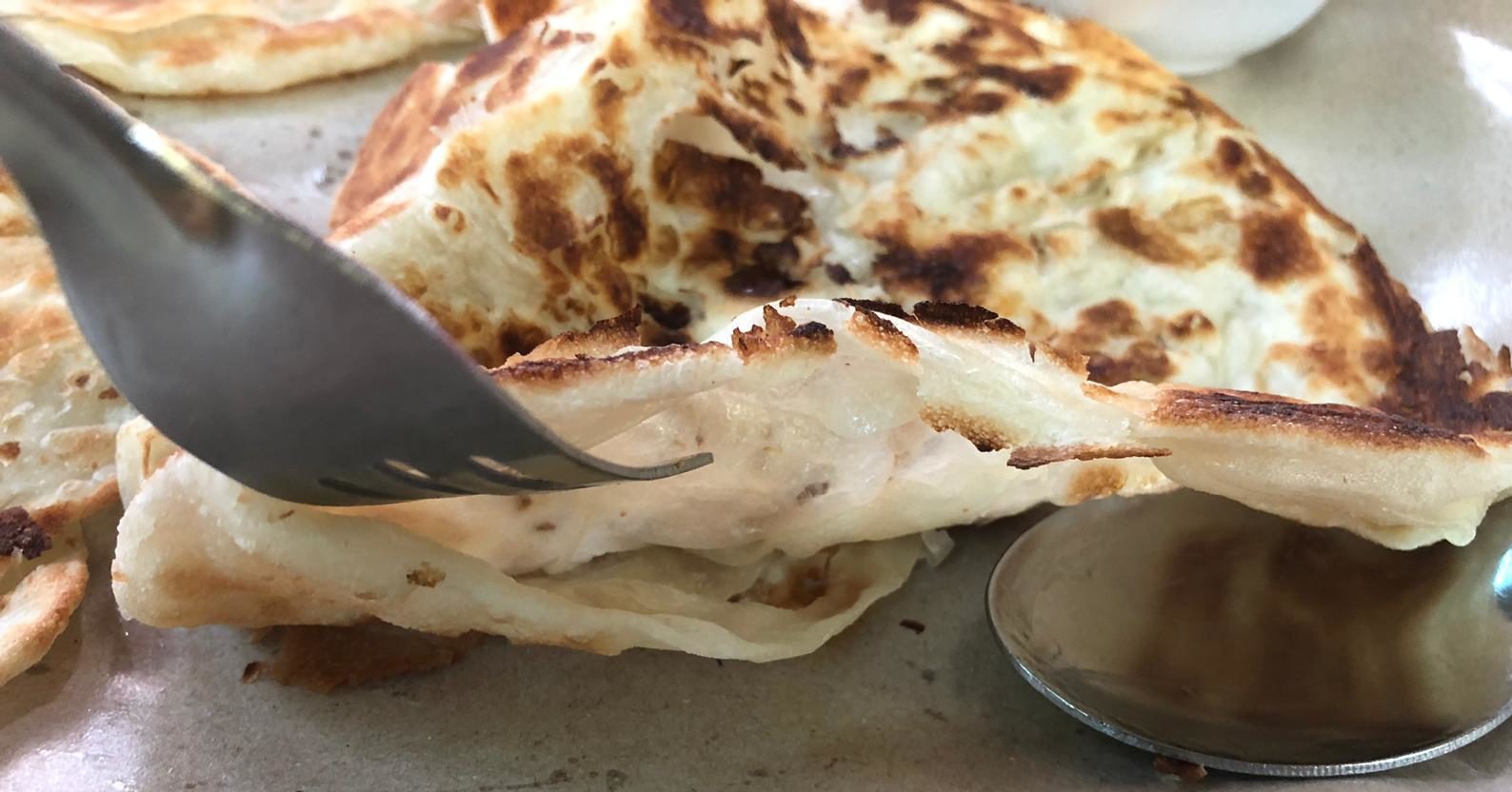
Most food bloggers (not that I’m one of them) would agree that there are two qualities that make up good prata. Crispiness and fluffiness. Fluffiness is usually not an issue – I think almost all prata chefs know how to make it thin and fluff it up cooking it. Besides for one stall, I’ve never eaten prata that’s not fluffy.
Crispiness, on the other hand, is difficult to achieve. I have no idea how to make crispy prata, personally. But I’ve eaten so many soggy pratas that I assume not all prata chefs know how to make their prata crispy. But good roti prata must be crispy, because it’s fried and calorific. What’s the point of eating fried, fatty food if it isn’t crispy?
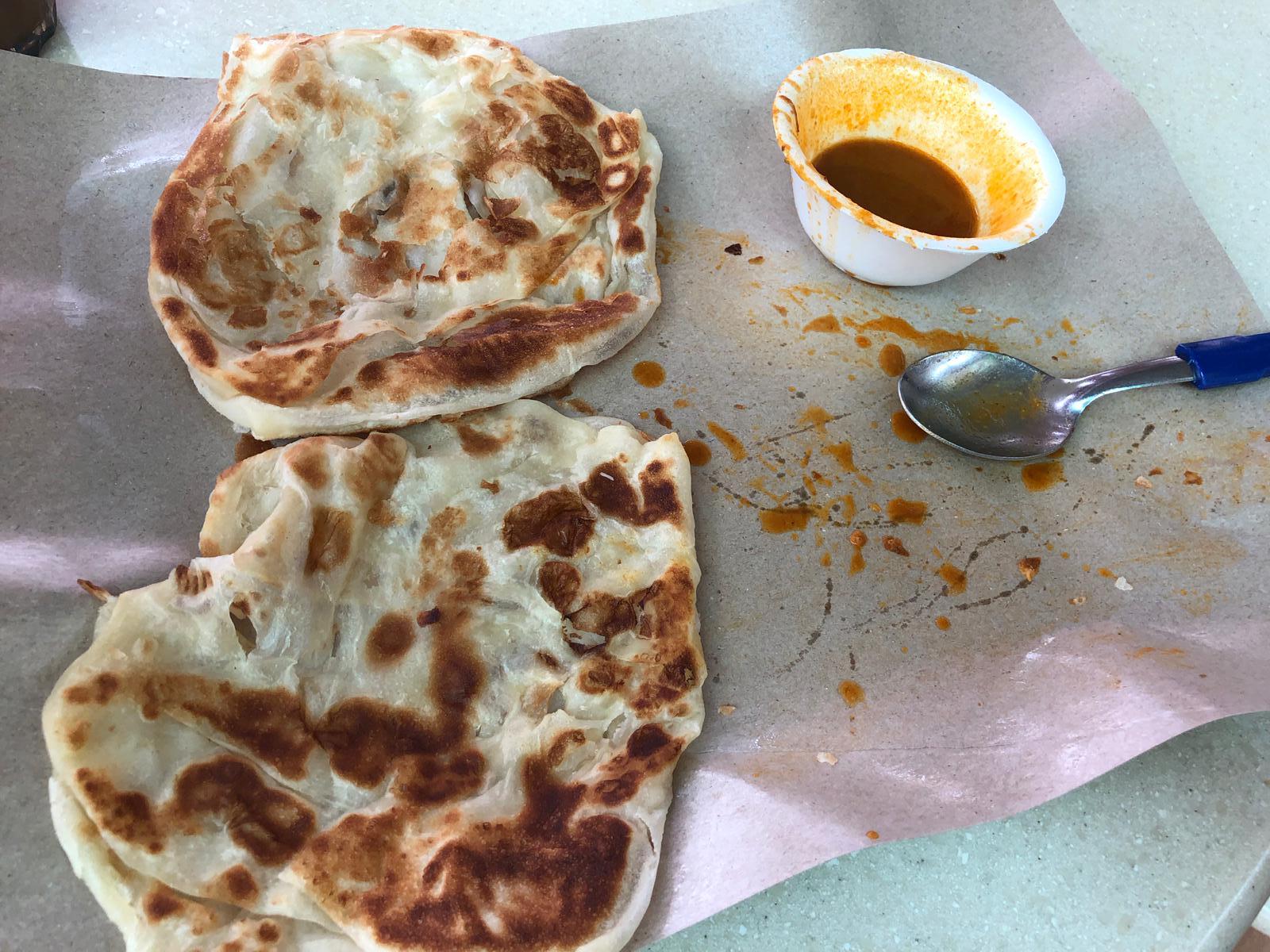
Side note: The Prata House has crispy prata, yes. But it’s also very hard and lacks fluffiness. It’s the aforementioned stall that makes prata that is not fluffy. I think that’s because they literally deep fry it. It tastes buttery and is actually quite awesome when you’re in the mood for prata that tastes more like a buttery biscuit (which happens more often you’d think). Anyway, you never have to worry about prata from The Prata House becoming soggy because it’s not possible for that to happen, so this doesn’t really apply to their pratas.
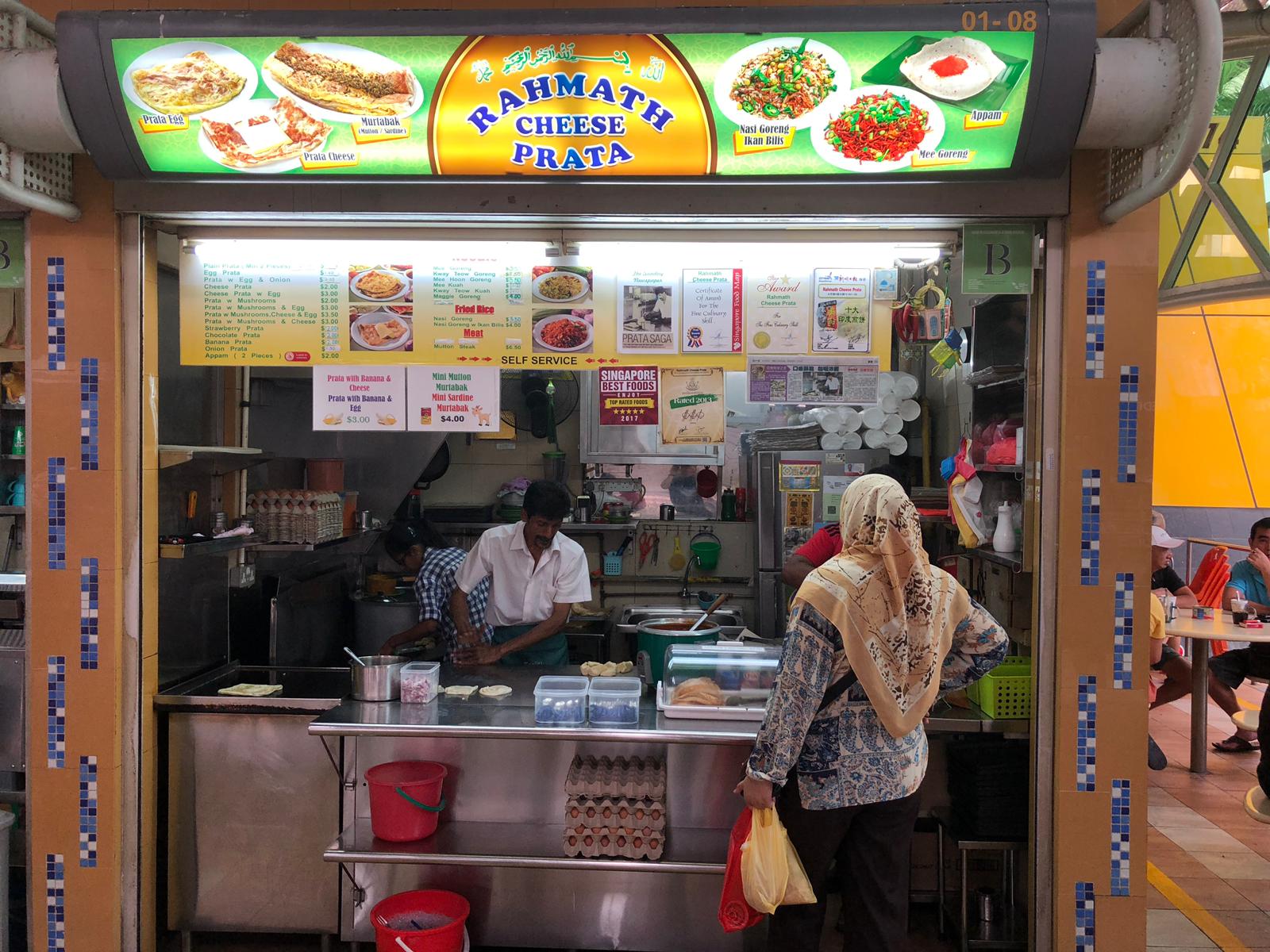
Where can you get crispy prata in the first place?
Okay my favourite places for roti prata are the following:
- Casuarina Curry (the Upper Thomson branch is better, but the Macpherson branch is no slouch either)
- Rahmath Cheese Prata (their kosong prata is better though, but they’re only open in the mornings)
- Mr and Mrs Moghan Super Crispy Prata (their opening hours and days are erratic but it’s worth going down if you can!)
- New Mahamoodiya (a bit oilier and more expensive than the usual though, but still good and crispy)
- Springleaf Prata Place (it’s air-conditioned by the way!)
So you’ll be guaranteed of crispy and fluffy prata when you head down to those places.
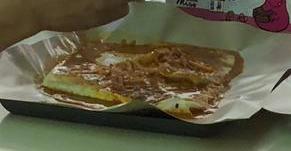
The Principle of Soggy Prata
I’m not sure what the scientific reason for it is. All I do know is that if you leave the crispy side of the prata face down against another surface for too long, it loses that crispiness – and the very raison de’tre of being fried and calorific in the first place.
If I have any friends who can Science this, please let me know.

Keeping your prata crispy and fluffy
So let’s say you do go to one of those good prata places. You’ve gotten some crispy and fluffy prata. How do you keep your prata crispy?
If your prata chef is good at what he or she does, then you’ll realise that your prata is folded into several layers. That is the key to keeping your prata crispy and fluffy, since they’re usually placed in a stack, one on top of another.
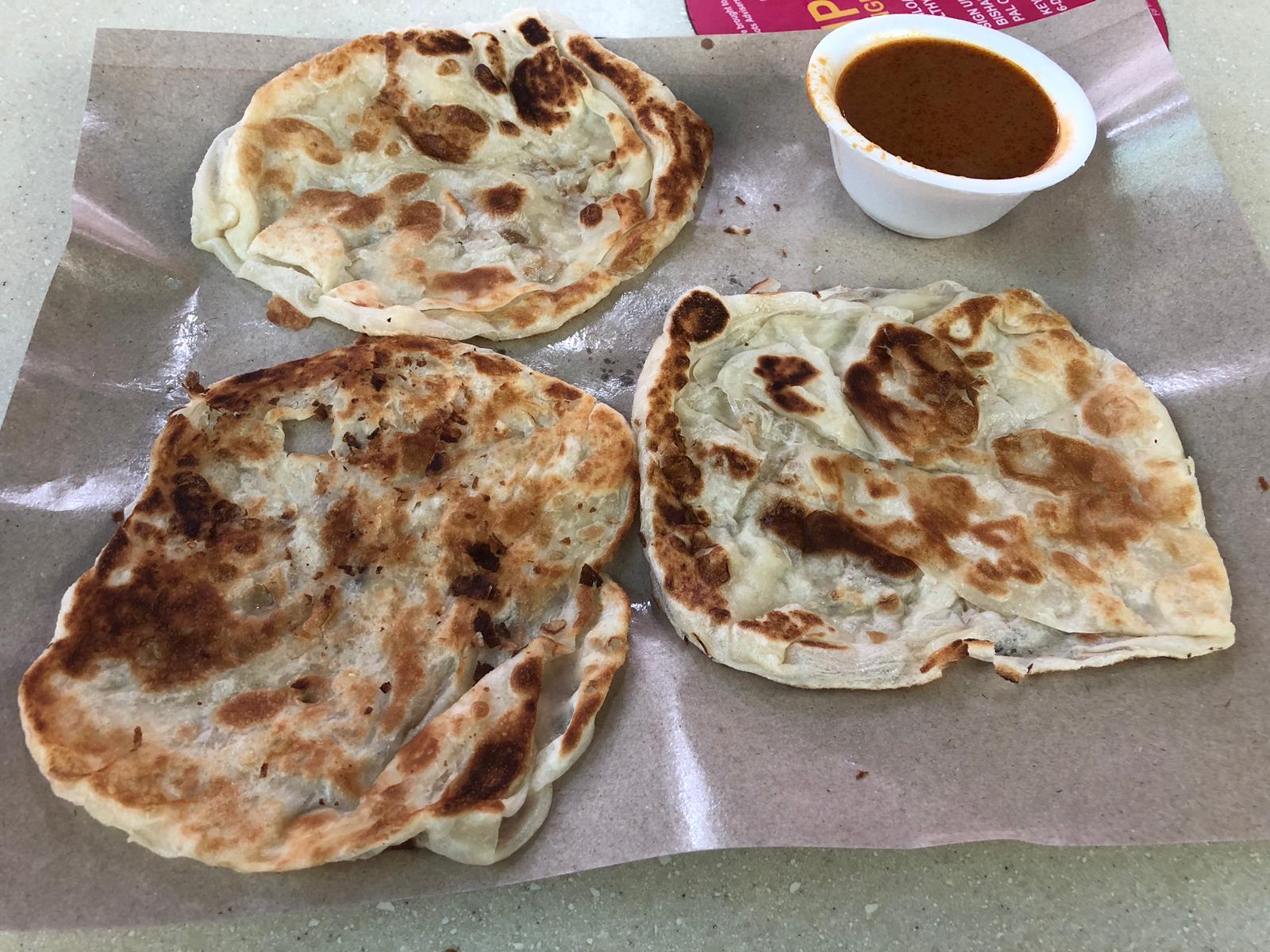
Step 1: Separate the pratas
Remember the Principle of Soggy Prata? Those pratas are sure to become soggy, because they’re facing downwards and against a surface. They’re basically damaging each other, because each prata is crispy (and hence susceptible to the Principle of Soggy Prata) and also functions a surface for another prata.
So rescue those pratas and separate them. Now they won’t be actively making each other soggy. You might need a bigger plate (or extra plates) for this, but it’s worth the effort.
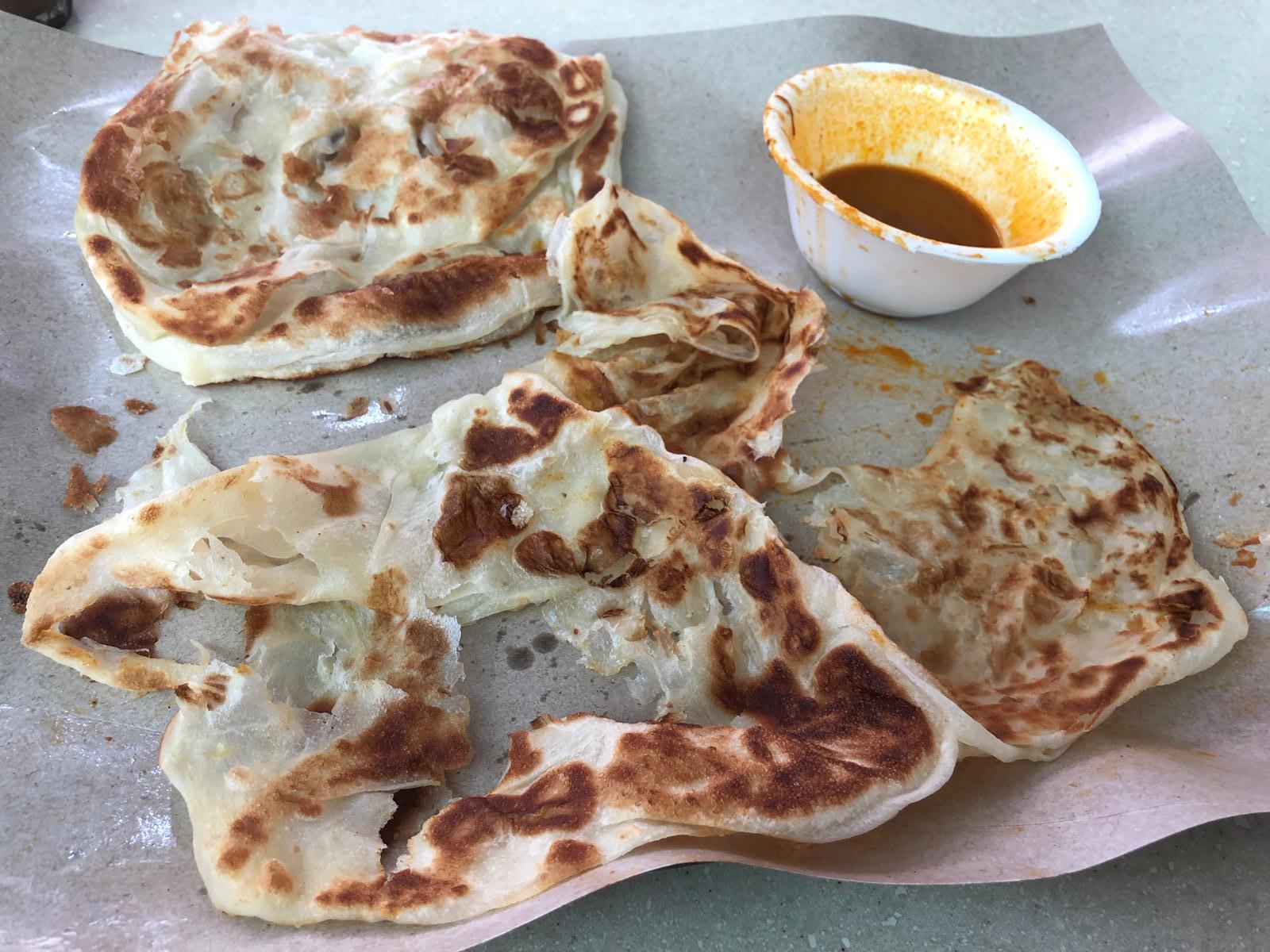
Step 2: Open up each prata
The next step is to “open up” each prata. You see, good roti prata is crispy on both sides – top and bottom. But the problem is that you can’t have both sides of the prata facing up, right? One side is bound to become soggy.
So the solution to that is to sort of “tear” each prata in half, down the middle, and ensure that both crispy sides are facing up – ie, not touching any surface.
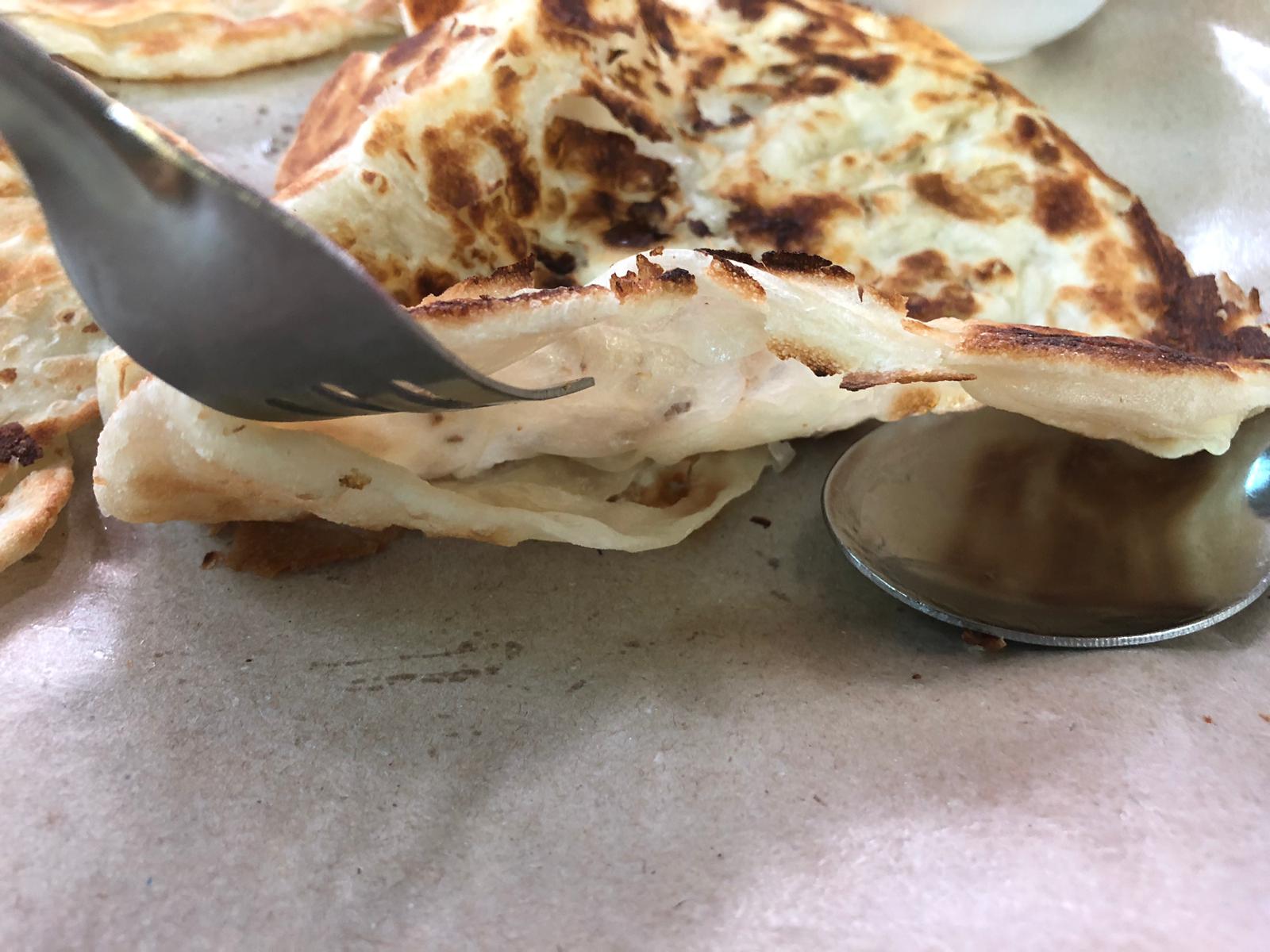
It may sound difficult, but good prata chefs will layer their prata properly, remember? This means that each prata consists of several layers, which means that there’s a “seam” or gap which you can use to open it up. Stick a fork or spoon into that seam and pull it apart, then quickly flip it up so that the crispy side faces up.
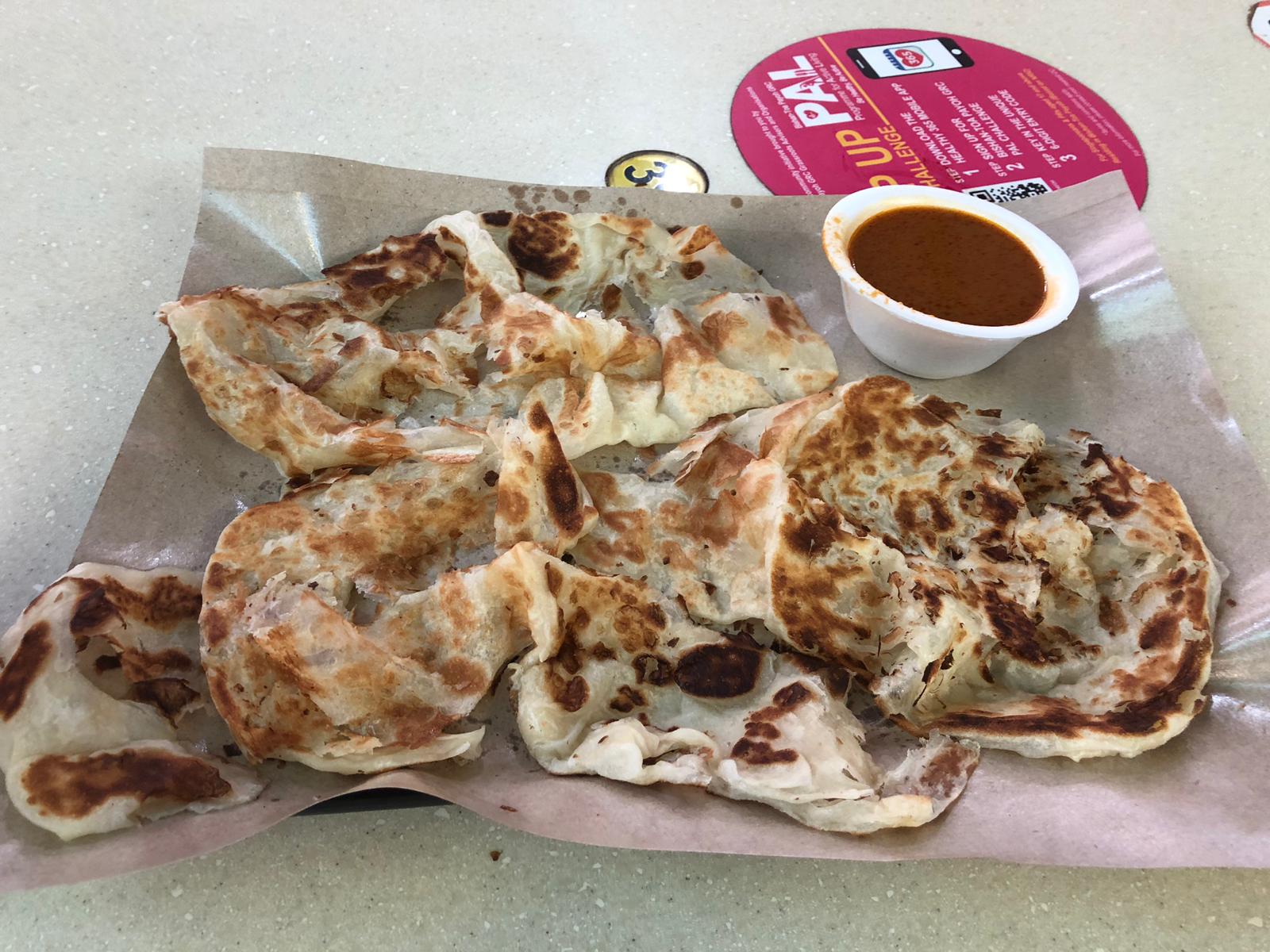
Step 3: Eat
When you’re done, all the pratas will be opened up and their crispy sides will be facing up.
But wait – what about the parts that are touching the plate? Won’t they turn soggy?
Well, maybe. But these are the softer, fluffier parts of the prata. They’re already moist, so a little extra wetness won’t damage it or significantly change the taste.
Plus, with the pratas effectively split in half, there’s much less weight pushing down on the prata. This means there’s enough air circulation happening underneath the prata, so it won’t go soggy as quickly.
This means you can dig in with leisure. You can take as long as you like, and those pratas aren’t going to turn into cold and soggy piles of starch. They may go cold, but they’ll still be crispy.
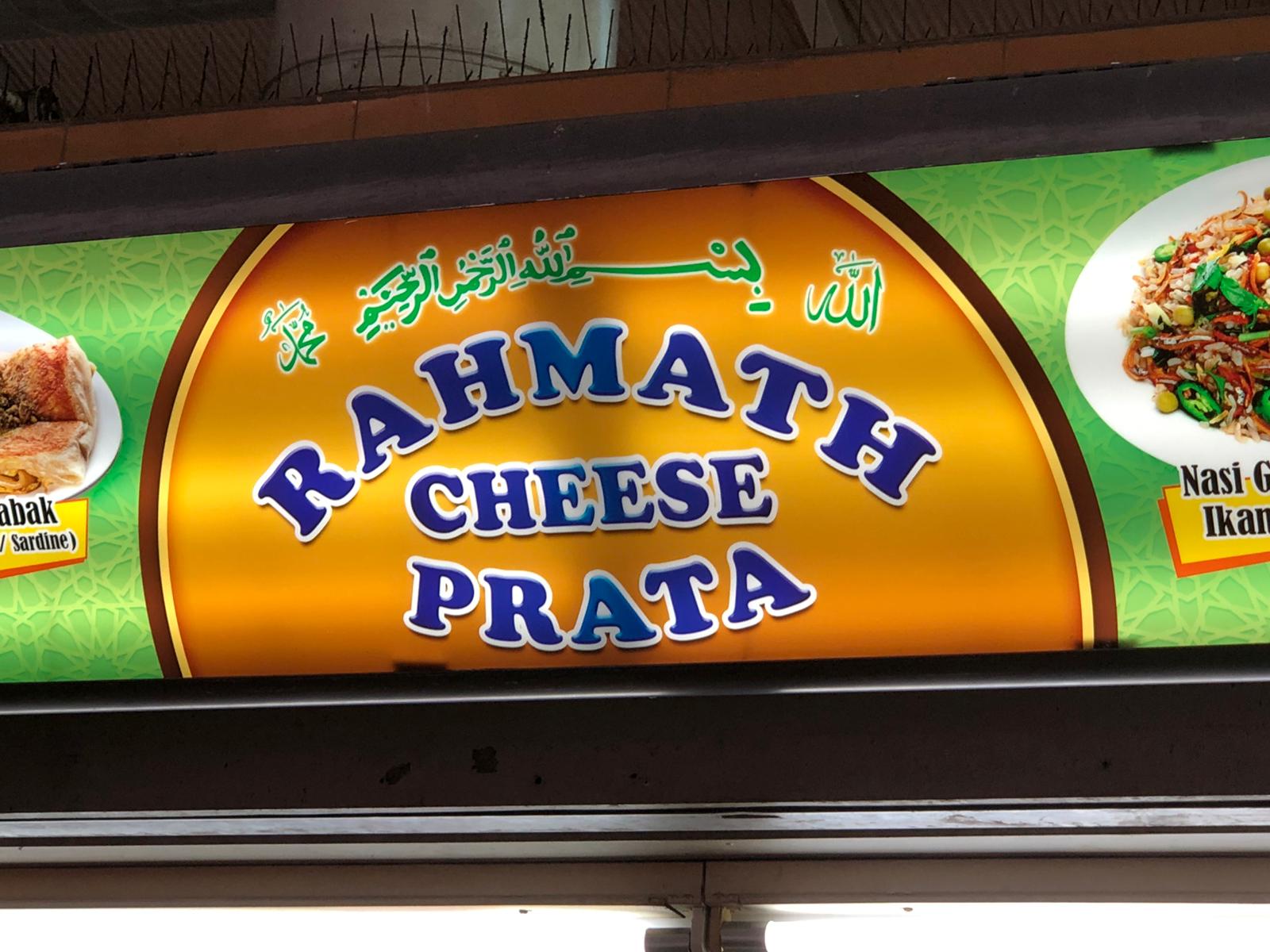
Anyway I always go to Rahmath Cheese Prata for my fix because it’s good, nearby, and cheap. They serve mutton curry but you can ask for fish curry. However, their mutton curry is good (ie, the mutton doesn’t smell) so you should really go for it. It will make you believe that mutton curry can smell good.
I *think* they are closed on Mondays.
This is not a sponsored post btw. The pictures are way too raw for that.
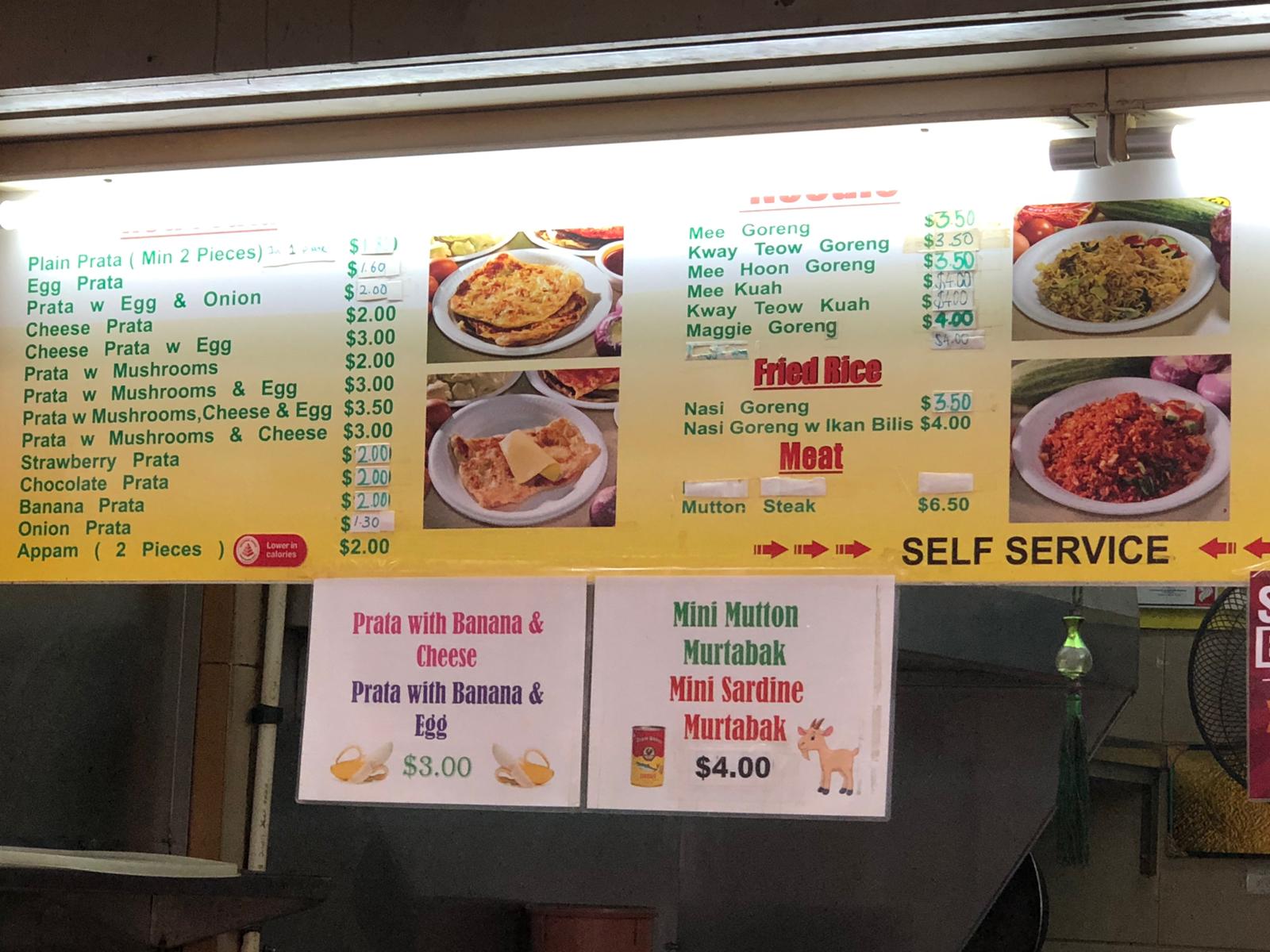

So here it is! My guide to ensuring your crispy prata stays crispy.
This is an original article on marcusgohmarcusgoh.com.
Follow Marcus Goh (yes, referring to myself in third person) on Facebook and Instagram for more (presumably) good updates!
I’m an independent scriptwriter who’s written for popular shows like Lion Mums, Crimewatch, Police & Thief, and Incredible Tales. I’m also a Transformers enthusiast and avid pop culture scholar. You can find me on social media as Optimarcus and on my site.
Send me an email if you want to get in touch!
Leave a Reply